With more and more reports coming out about the overuse of nitrogen fertilisers being attributed to wildlife decline we thought it was important to give you some alternatives to feed your plants.
The Soil Association have written a very comprehensive fact sheet about how nitrogen works and why nitrogen fertilisers can be so very harmful to biodiversity – the article can be found here.
Here are Propagation Place we make our own compost, use manure to mulch hungry beds and plants, and make various teas to give the plants a boast when the need it. Liquid fertilisers are a great way to nourish your plants – they provide nutrients in a readily available form, so they’re quickly absorbed by plant’s roots.
We will write a composting blog shortly but let’s get into the tea making for this one!

Nettle Tea – High is nitrogen to promote green, leafy growth (great for cucumbers, squashed and courgettes)
- Nettles can be an annoyance in the garden, why not put them to good use by feeding your plants!?
- Start by getting a water butt or barrel, preferable with a tap at the bottom. You can also use a smaller container to make smaller batches. We would recommend the containers have lids; the liquid can absolutely stink!
- Fill with water
- Roughly chop leaves up
- For the water butt method put the leaves into a hessian sack, or alternatively a pair of tights and pop it into the barrel. For the bucket method pop the leaves into the water and weigh down with a stone
- The rough ratio is 100ml of water to 6kg of leaves
- Wait 2 weeks for the leaves to break down then its ready to use!
- You can make a quick tea using boiling water, but we would recommend the slow method as more of the nutrients will be dispersed into the water
- Its pokey stuff so the solution should be used 1:10, so 10ml to 100ml
- Water onto the plant’s roots.
Comfrey Tea – High in potassium which promotes flowering and fruiting (great for tomatoes)
- Comfrey has very deep roots, which means it extracts large quantities of nutrients from far below the soil’s surface, inaccessible to other plants. These nutrients are stored in its leaves. By harvesting the leaves and letting them break down, you’ll have a rich, dark, nutrient-rich plant food to use around the garden.
- We have a patch in our garden where we have planted our comfrey. It’s fantastic for wildlife, looks pretty and is very useful for a great organific feed. We would recommend planting it somewhere contained as it can spread pretty effectively.
- Comfrey tea has a very similar NPK ratio to tomato fertilisers, so it’s a great organic way to feed them
- Follow the steps above to make the tea
We love these teas, and can’t rave about them enough. The are free, very effective, and most importantly, them protect our beautiful wildlife.
Give them a go and see the wonderous results!
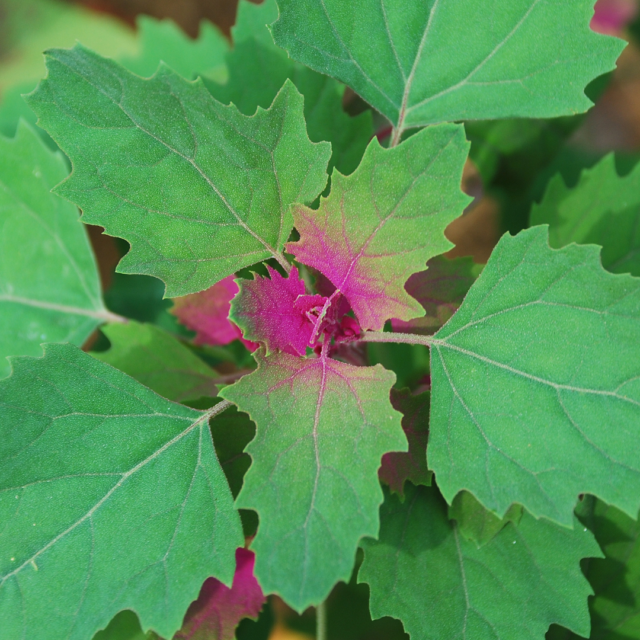
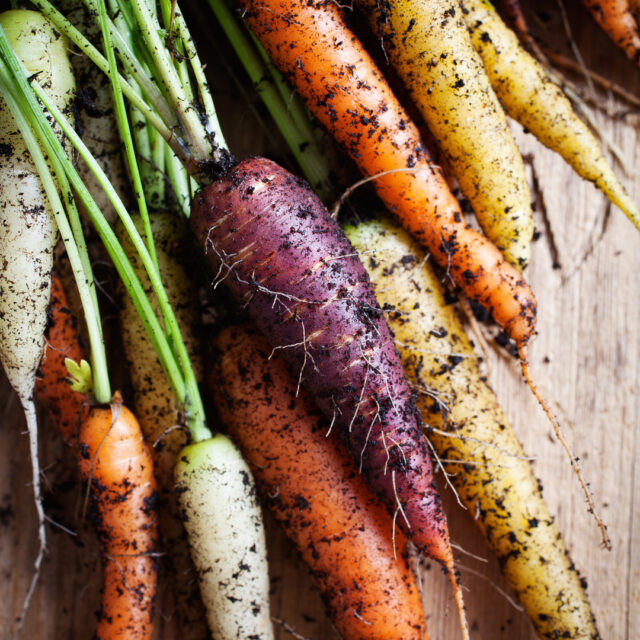
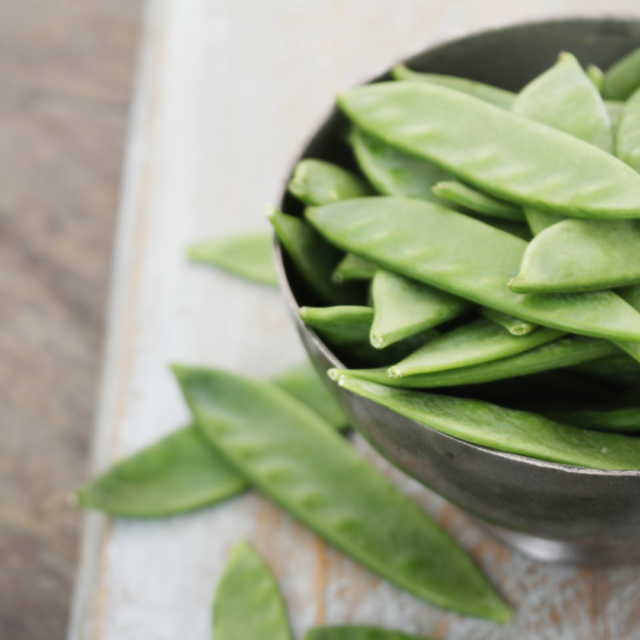
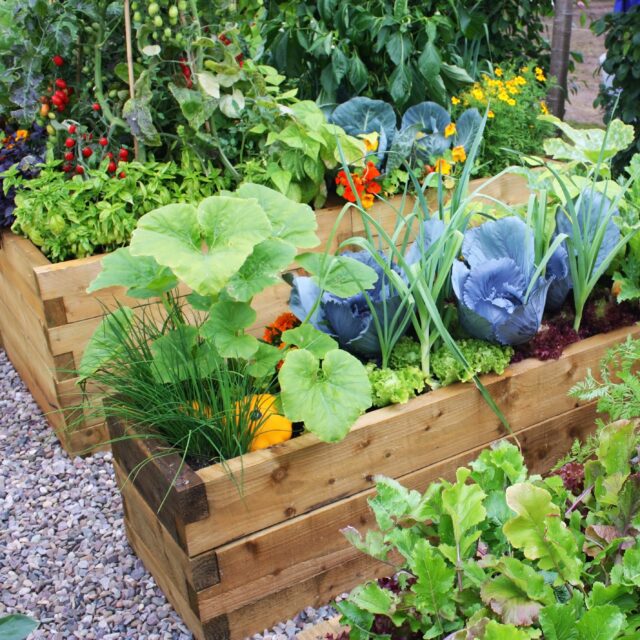
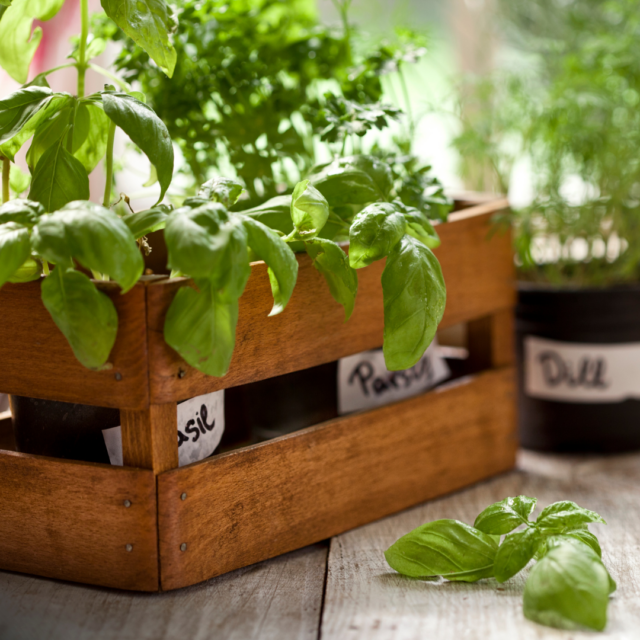

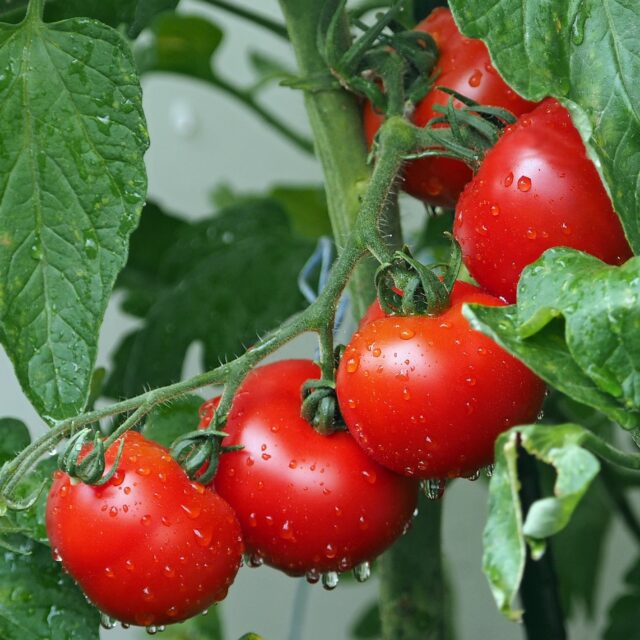
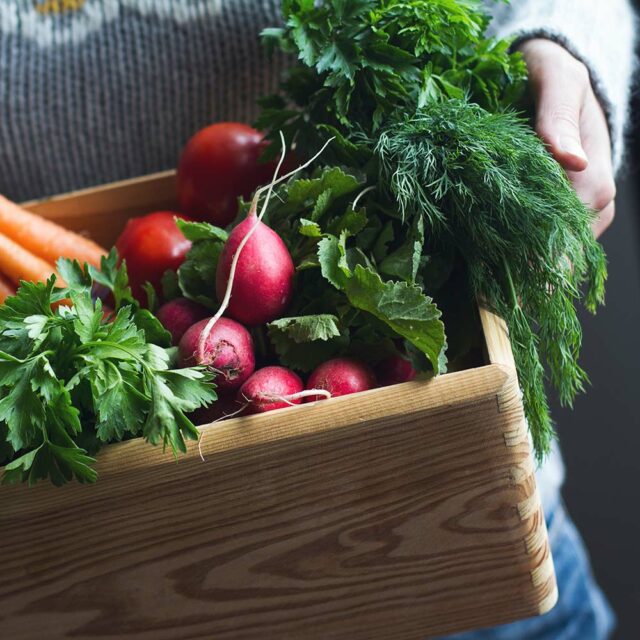

Tony
I only have one container, an old plastic dustbin, so i put my available comfrey in then top up with nettles, so about half and half. Are there any disadvantages to mixing like this?
Alice Lee
Hi Tony,
No, there’s no disadvantage- you’ll make a tea which is very rich in both potassium and nitrogen, so your plants will love it!
Team PP